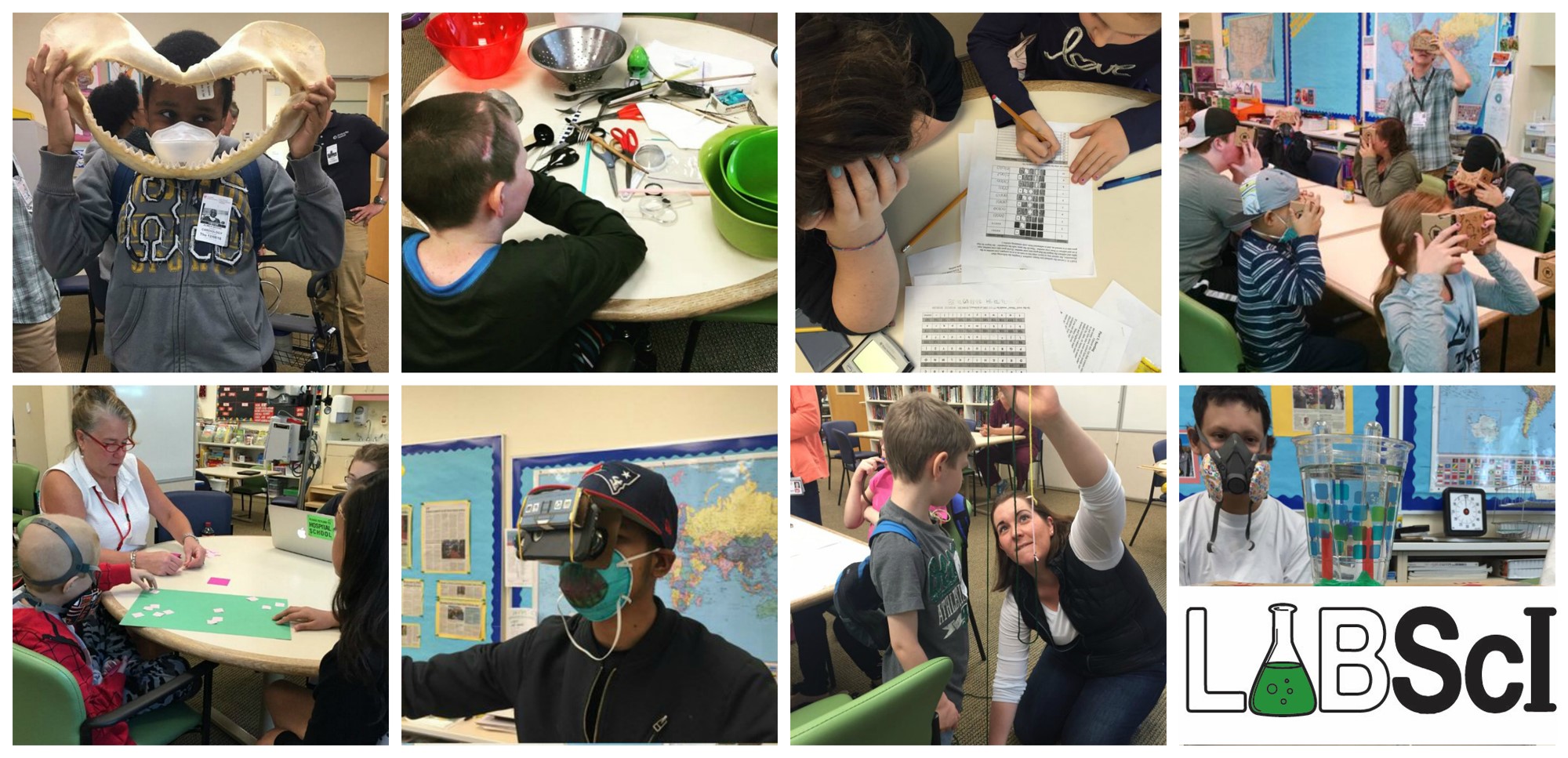In this lab, students explore the process of photosynthesis in spinach leaves. As oxygen is produced, the density of the leaves change and they will begin floating in a sodium bicarbonate solution. The time it takes for a certain number of leaves to float can be used to calculate the rate of photosynthesis.
Download the labs!
Student Version
Student Advanced Version
Teacher Version
Data Table
Recommended Prerequisites:
- none!
Key Concepts:
- Photosynthesis is the primary means by which plants get their energy. They derive this energy from a sugar called glucose (C6H12O6).
- To make glucose, sunlight is captured in pigments like chlorophyll, the substance that gives leaves their green color.
- The sun’s energy is passed through a chain of events that breaks water (H2O) into oxygen (O2) and creates a store of energy-rich molecules. These molecules will enter a continuous cycle of events to build glucose out of carbon dioxide (CO2 ) from the air.
Materials:
- 1 8 oz. box baking soda
- 1 L water
- Teaspoon
- Graduated beaker (200mL)
- 5 transparent cups
- single hole punch
- 7 fresh spinach leaves
- Small bottle of dish soap, clear (if available)
- 1 large desk lamp ( >60 watt bright white, if possible)
- 2 sheets of cellophane: one green, one red (transparencies colored with markers work)
- 4 plastic syringes (10 mL)
- ruler
- 2 shoe boxes, pre-cut according to pre-lab directions
- 2 pieces of cardstock or heavy paper, pre-cut according to pre-lab directions
- 1 L graduated beaker
